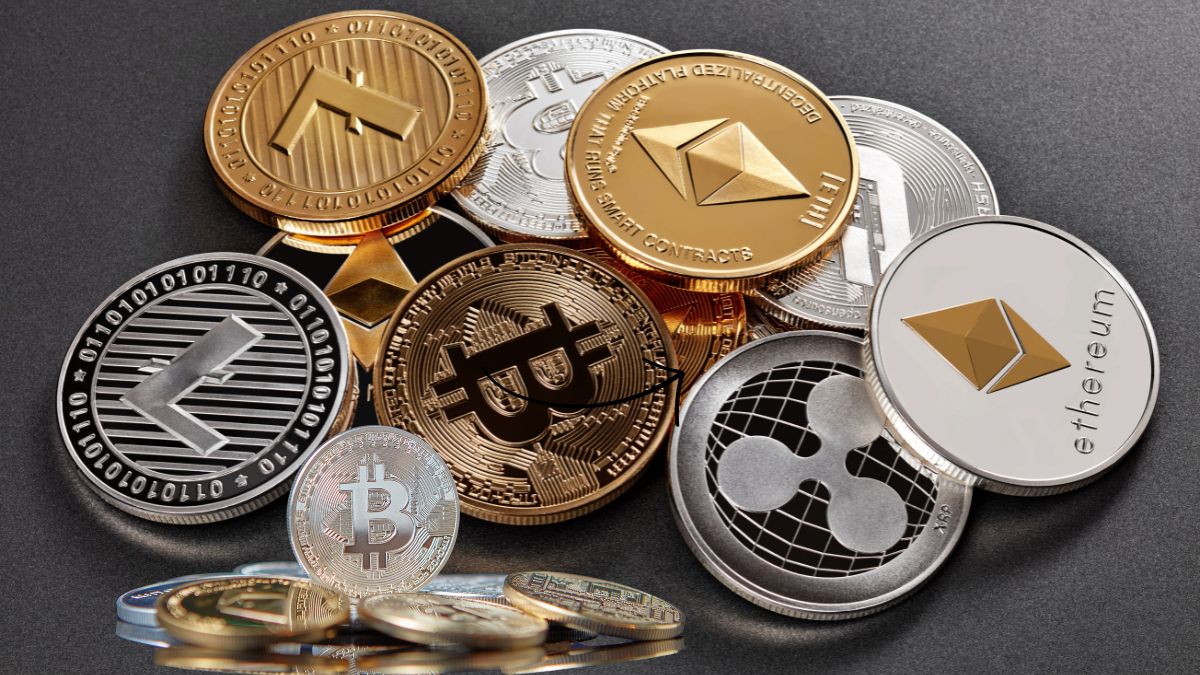By Philip Plambeck, Senior Vice President, International, Computop
The evolution of cryptocurrency can aptly be described as two steps forward, one step back. While notable progress has been made in positioning crypto as a viable payment method, full trust from the payment processing industry remains elusive. This hesitance is largely due to persistent volatility, unclear regulatory frameworks, and retailers’ reluctance to adopt crypto without stronger consumer demand.
In recent months, cryptocurrency has once again taken center stage in the headlines, showcasing both its potential and its pitfalls — prompting the question: will digital assets ever earn genuine trust?
The U.S. Administration’s Crypto Efforts
In February of this year, just weeks after President Trump launched his own meme coin, the U.S. Securities and Exchange Commission noted that meme coins transactions don’t involve the offer and sale of securities under the federal securities laws. Given this, people who participate in the offer and sale of meme coins aren’t required to register their transactions with the SEC or fall within one of the Securities Act’s exemptions from registration. Correspondingly, neither meme coin purchasers nor holders are protected by the federal securities laws.

The SEC’s move has sparked controversy, especially as the president and his family expand their involvement in the crypto space—profiting in ways that could argue a conflict of interest.
Additionally, President Trump signed an executive order in March laying the groundwork for creating a Strategic Bitcoin Reserve, directing the use of forfeited bitcoins from criminal and civil cases, and to establish a federal stockpile of digital currency. The initiative aims to fortify the U.S. position as a global leader in the digital asset arena and maximize the strategic value of holding bitcoin, often dubbed “digital gold,” as a store of value.
This approach signals a growing acknowledgment of cryptocurrency’s possible role in the evolving financial ecosystem and a shift toward embracing digital assets rather than resisting them. Additional indicators of this shift include the appointment of a “crypto czar” and plans for an upcoming White House crypto summit. These changes mark a major move toward a more supportive and innovation-friendly environment for cryptocurrency development and adoption domestically.
Crypto Risks Remain a Continuing Concern
Despite recent developments, the cryptocurrency sector continues to face serious security challenges. Hackers with suspected of ties to North Korea’s notorious Lazarus Group recently pulled off a staggering $1.46 billion heist from the Bybit exchange. Exploiting a vulnerability in a third-party supplier, they diverted 401,000 Ethereum into their own digital wallets. So far, around 20% of the stolen assets have disappeared into untraceable channels, making recovery unlikely.
Bybit has reassured users that their funds are secure and has launched a bounty program to help track the stolen crypto. However, the incident underscores the persistent vulnerabilities in the space.
The ability of bad actors to launder assets through non-cooperative exchanges only adds to the complexity. Until the industry implements stronger security standards, public confidence in crypto will remain on shaky ground.
Managing Digital Assets Through Crypto Wallets
Addressing security concerns in the crypto space may hinge on the development of more advanced and reliable crypto wallets. Currently, these range from hardware wallets that keep private keys offline for enhanced security, to software-based options that offer greater convenience but are more vulnerable to cyberattacks. Looking ahead, we may see the rise of government-backed or institutionally secured wallets that aim to strike a balance between decentralization and regulatory oversight.
Future-ready wallets could include multi-factor authentication, biometric verification, and AI-powered fraud detection. They might also integrate with existing banking systems, enabling smooth conversions and transactions between fiat and digital currencies.
However, this approach poses a fundamental difficulty: delivering the level of security needed for mainstream adoption may compromise core crypto values such as user privacy and decentralization.
Disruption or Integration in the Payments Space?
Cryptocurrency is already reshaping the payments landscape. Leading platforms like PayPal and Visa have integrated crypto transactions, signaling a shift toward broader mainstream acceptance. One of crypto’s key advantages is the ability to enable near-instant, cross-border payments without relying on traditional intermediaries.
In May, Stripe broadened its money management offerings with the introduction of Stablecoin Financial Accounts, powered by stablecoins. With these accounts, businesses can hold balances in stablecoins, accept payments through both crypto and traditional fiat channels like ACH and SEPA, and send stablecoins to many global markets. The accounts are designed to be available to businesses in 101 countries. It has been reported that Stripe has been in talks with banks about the possible use of stablecoins, another indication that digital assets’ role in the payments space is gaining traction.
If cryptocurrencies can earn widespread trust, digital assets may one day be used for everyday purchases as seamlessly as credit cards. But before that vision can be realized, issues such as fraud prevention, regulatory compliance, and user-friendly design must be resolved. Until then, crypto is likely to remain a selective, rather than dominant, payment option.
Cryptocurrency on the Brink of Mainstream Acceptance
Despite growing government support and rapid technological advancements, the cryptocurrency industry still walks a fine line between innovation and risk. The Trump administration appearing to back the space marks important progress toward broader legitimacy in the U.S. Yet, persistent security breaches continue to underscore the vulnerabilities within the industry.
The foundation of crypto’s credibility remains rooted in three pillars: regulation, security, and innovation. While its role in the payments ecosystem is expected to expand, cryptocurrency is more likely to complement traditional financial systems than replace them outright. Stablecoins, central bank digital currencies (CBDCs), and regulated crypto payment gateways may serve as critical bridges to close the trust gap.
Ultimately, if governments can craft regulatory frameworks that both protect investors and respect the decentralized ethos of crypto—and if technology evolves to mitigate security risks—then digital assets may one day be as trusted as traditional banking systems. Until that balance is achieved, however, skepticism will continue to keep cryptocurrency just beyond the reach of full mainstream financial acceptance.


